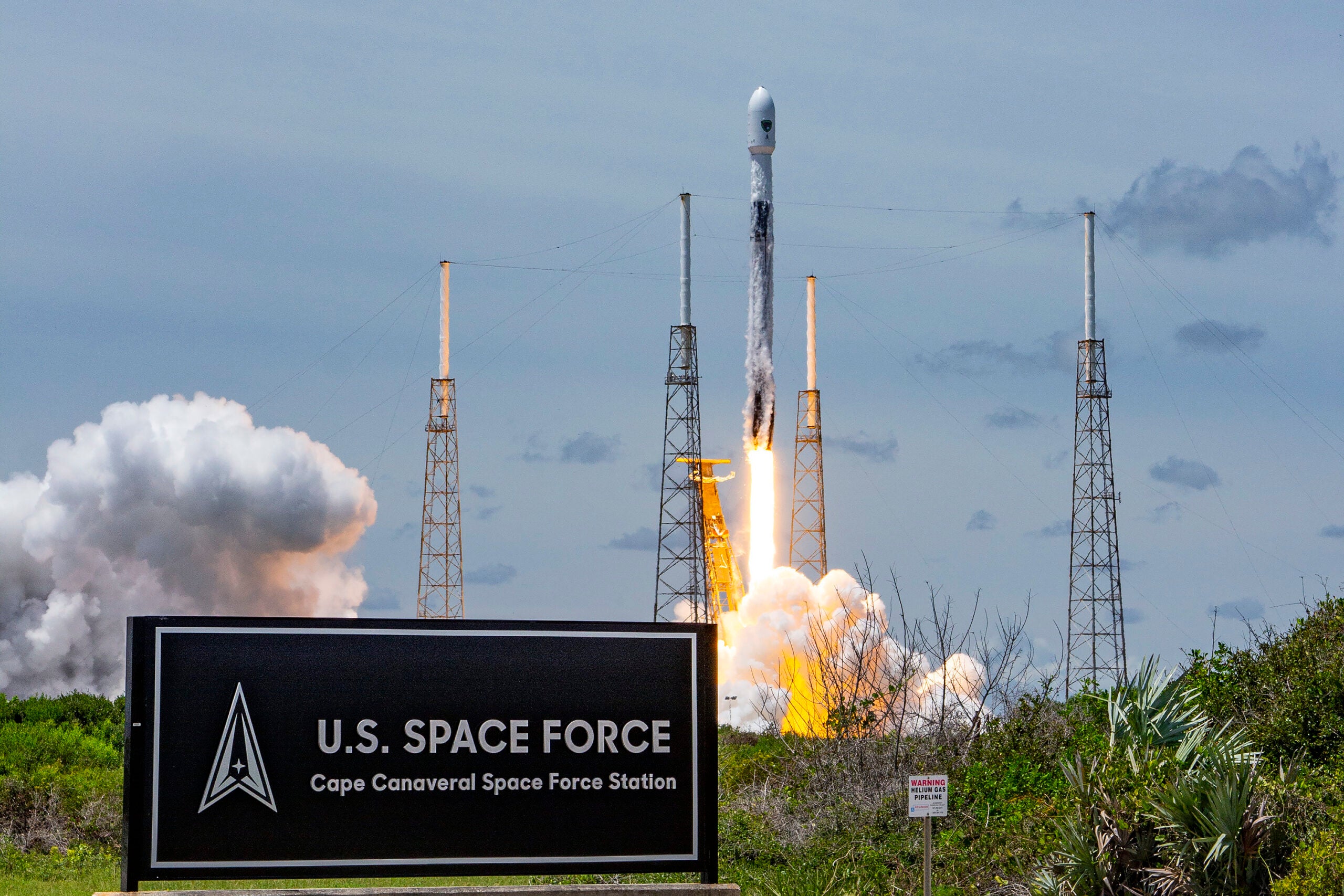
The US Space Force’s (USSF) Space Systems Command (SSC) has revealed its plans to launch the next mission, USSF-12, on 29 June.
USSF-12 will be launched on a United Launch Alliance Atlas V 541 launch vehicle from Space Launch Complex (SLC)-41 at Cape Canaveral Space Force Station in Florida.
The mission aims to demonstrate the performance of an innovative infrared sensor.
It will also perform a wide range of experiments and prototypes from GEO and evaluate its ability to host multiple missions on a single structure.
USSF-12 includes the SSC Space Test Programme’s (STP) co-manifested USSF12 Ring and SSC’s Geosynchronous Earth Orbit (GEO) Wide Field of View (WFOV) Testbed.
The SSC’s GEO WFOV Testbed is the primary payload for the mission.
It is an Overhead Persistent Infrared (OPIR) demonstration in geosynchronous orbit that provides maturity and demonstrates the efficiency of the new space sensing technology to counter future adversaries.
GEO WFOV Testbed is a crucial technology component of the Missile Warning, Tracking, and Defence (MW/MT/MD) architecture, under which the SSC is collaborating with the Missile Defence Agency (MDA) and the Space Development Agency (SDA).
The programme is expected to deliver an integrated system of satellites quickly.
SSC Acquisition Delta Resilient MW/MT/MD senior materiel leader colonel Heather Bogstie said: “Our GEO WFOV Testbed can simultaneously perform strategic missions, such as missile warning and battlespace awareness, as well as tactical missions directly supporting the warfighter, by continuously monitoring up to one-third of the Earth’s surface with just a single sensor.”
The rideshare spacecraft on the mission, USSF-12 Ring, is a ring-based payload structure used to host multiple auxiliary payloads.


